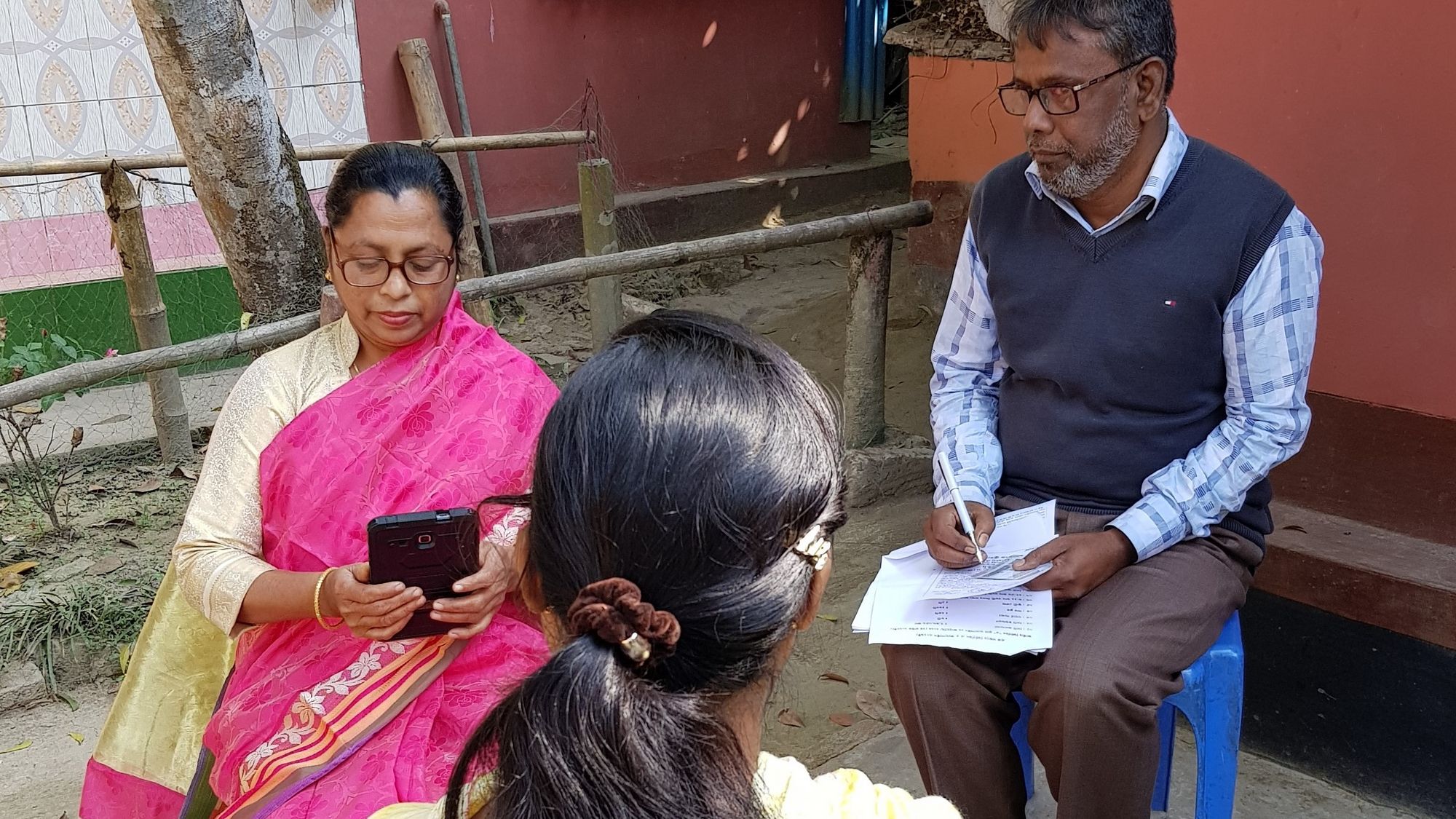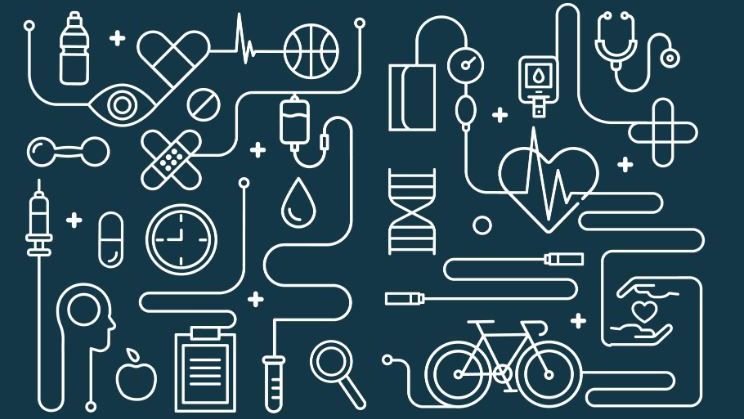Group | Systems Innovation Research
We are living through a period of profound systemic change driven by rapid demographic changes, epidemiological transitions, climate change, social inequalities, commercial pressures, and political turmoil—all of which affect and determine the health and wellbeing of populations. These emerging global health challenges highlight our failure to engage with the complex interplay between health and other systems.
Policymakers face increasing pressure to address these intertwined challenges and integrate evidence-based decision-making. Short planning cycles and limited resources force decision-makers to oversimplify health system complexities, perpetuating historical decision-making patterns and reinforcing path dependency. This fragmented approach results in piecemeal health strategies, which are ill-equipped to address the complexity of current public health challenges.
By applying systems thinking and modeling methods, Swiss TPH can influence policy processes and improve decision-making in health systems management, facilitating more adaptive, evidence-based responses to complex health challenges.

Daniel Cobos Muñoz
PhD, MD, MSc
Group Leader
+41612848720
daniel.cobos@swisstph.ch
Selected Projects

Strengthening mortality systems to inform health policy
Our group works at the intersection of research, policy-making, and global health recommendations, focusing on advancing mortality surveillance systems and civil registration and vital statistics (CRVS) in low- and middle-income countries (LMICs). The group is linked to multiple global efforts, including World Health Organization (WHO) Reference Group for Verbal Autopsy (VARG) and contributing to the WHO Reference Group on Health Statistics (RGHS).
With extensive experience in systems analysis of CRVS across more than 25 countries in Africa, Asia, and Latin America, we employ systems thinking methods to identify gaps and opportunities for intervention. Our research has contributed to the development of globally accepted standards, such as the "Ten CRVS Milestones," which guide the understanding and improvement of CRVS systems in LMICs.
Through initiatives like the Bloomberg Data for Health Initiative, the group conducts implementation research to build robust mortality information systems that inform public policy. Our work on mortality surveillance focuses on understanding and improving the information architecture of systems capturing mortality data, mapping information silos, and identifying opportunities for system integration.
WHO Collaborating Center for Verbal Autopsy
Verbal autopsy (VA) is an essential public health tool for estimating cause-specific mortality fractions for deaths without medical certification. Ideally, physicians use the standard medical certificate of cause of cause of death. In settings where this is not possible, VA is used to determine the cause through interviews with the deceased's next of kin or caregivers. Using a standardized questionnaire, information on symptoms, medical history, and circumstances preceding death is collected. Physicians or computer algorithms then interpret this data to ascertain the cause of death. Read more


Health sector response to violence against women and girls (VAWG)
Violence against women (VAW) remains a critical global issue with significant implications for public health and societal well-being. Effective detection and response by the health sector are essential for mitigating the impacts of VAW, ensuring that survivors receive necessary care, and facilitating access to legal and social services. The MISSOP study aimed to investigate missed opportunities in the health sector's response to VAW in Tirana, Albania, and Belo Horizonte, Brazil, to identify systemic gaps and inform improvements in healthcare practices and policies. Read more
Computational modeling of cardiovascular risk interventions simulator, São Paulo, Brazil
The project developed a cardiovascular risk intervention simulator in São Paulo, focused on hypertension management. Utilizing system dynamics, the simulator integrates feedback, delays, and non-linear interactions to explore the complex system behaviours. The methodology adopts an iterative approach, combining quantitative and qualitative data for a comprehensive analysis. Rigorous calibration and validation processes were implemented to enhance the simulator’s robustness and confidence. Engaging local stakeholders through participatory model building strengthened acceptance and ownership of the simulator. Additionally, a user-friendly interface was designed for decision-makers, facilitates scenarios simulation, policy design, and experiential learning. Read more

Partners and Collaborators
Videos
Strengthen the Response to Violence Against Women
Applying Systems Thinking to Improve Road Safety
Sixth Global Symposium on Health Systems Research
Better Hearts Better Cities: : The power of communities
Selected Projects
All ProjectsLatest Publications
All PublicationsBallester-Otero C.L et al. Preparing for ICD-11 transition: lessons from case studies in Argentina and Mexico. Rev Panam Salud Publica. 2025;49:e95. DOI: 10.26633/rpsp.2025.95
Ferrer J.M.E et al. Stroke outcomes in a population-focused urban hypertension program in Brazil and Senegal. J Am Heart Assoc. 2025;14(9):e038816. DOI: 10.1161/jaha.124.038816
Melo A.C.M et al. Health information systems and tackling violence against women: a necessary dialogue. Rev Esc Enferm USP. 2025;59:e20240353. DOI: 10.1590/1980-220X-REEUSP-2024-0353en
Melo A.C.M et al. Sistemas de información en salud y enfrentamiento de la violencia contra las mujeres: un diálogo necesario. Rev Esc Enferm USP. 2025;59:e20240353. DOI: 10.1590/1980-220X-REEUSP-2024-0353es
Melo A.C.M et al. Sistemas de informação em saúde e o enfrentamento das violências contra as mulheres: um diálogo necessário. Rev Esc Enferm USP. 2025;59:e20240353. DOI: 10.1590/1980-220X-REEUSP-2024-0353pt
Rao C et al. The role of mortality surveillance in pandemic preparedness and response. Bull World Health Organ. 2025;103(3):213-222. DOI: 10.2471/blt.24.292423
 Patricia Arnaiz
Patricia Arnaiz
 Rebeca Becedas Revenga
Rebeca Becedas Revenga
 Daniel Cobos Muñoz
Daniel Cobos Muñoz
 Don de Savigny
Don de Savigny
 Fatemeh Ehteshami
Fatemeh Ehteshami
 Pei Shan Loo
Pei Shan Loo
 Maira Luchini Costa
Maira Luchini Costa
 Amilcar Magaço
Amilcar Magaço
 Carmen Sant Fruchtman
Carmen Sant Fruchtman
 Soukvixay Sikhanxay
Soukvixay Sikhanxay
 Maryam Tavakkoli
Maryam Tavakkoli
 Mai Phuong Trinh
Mai Phuong Trinh
 Wang Zhao
Wang Zhao